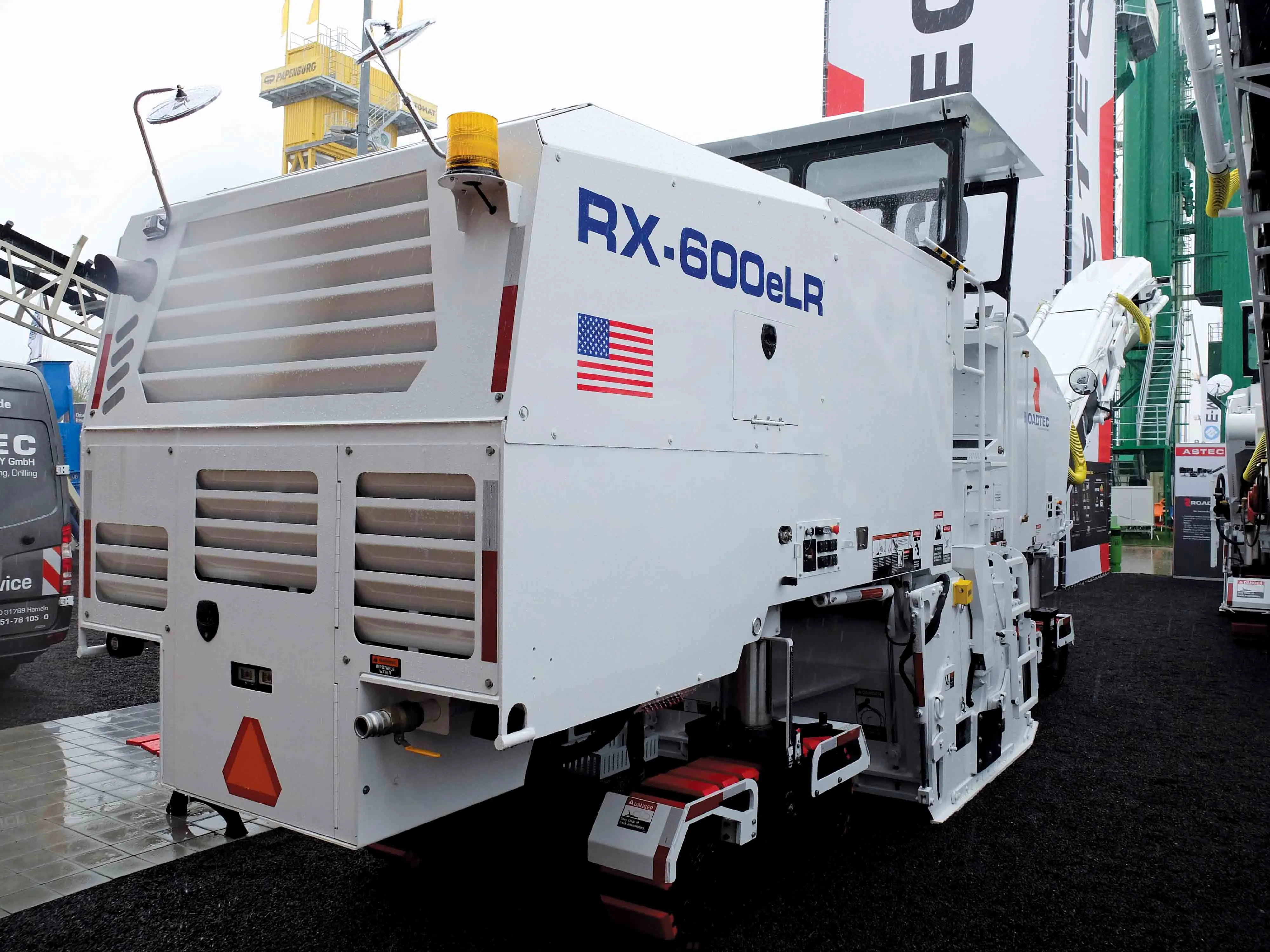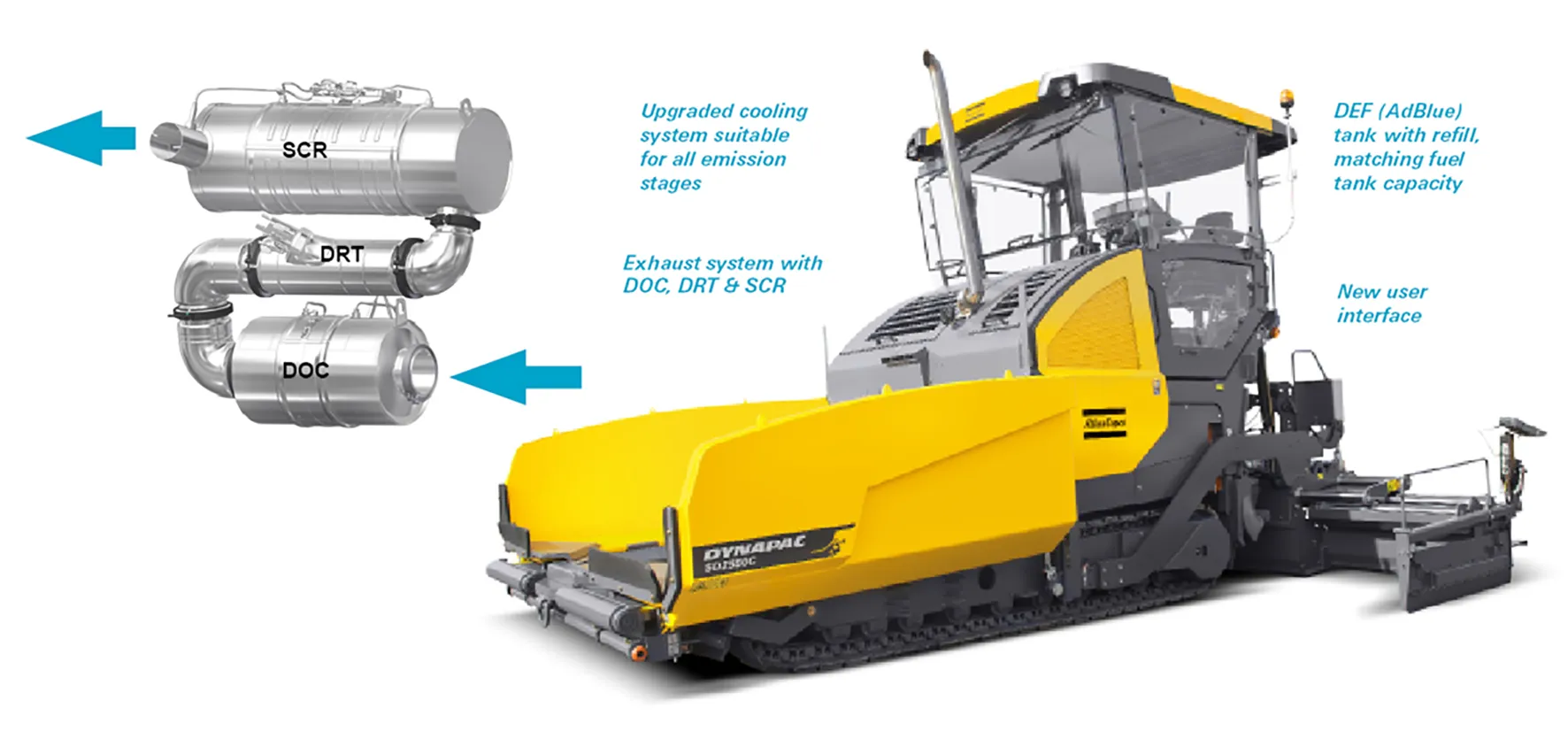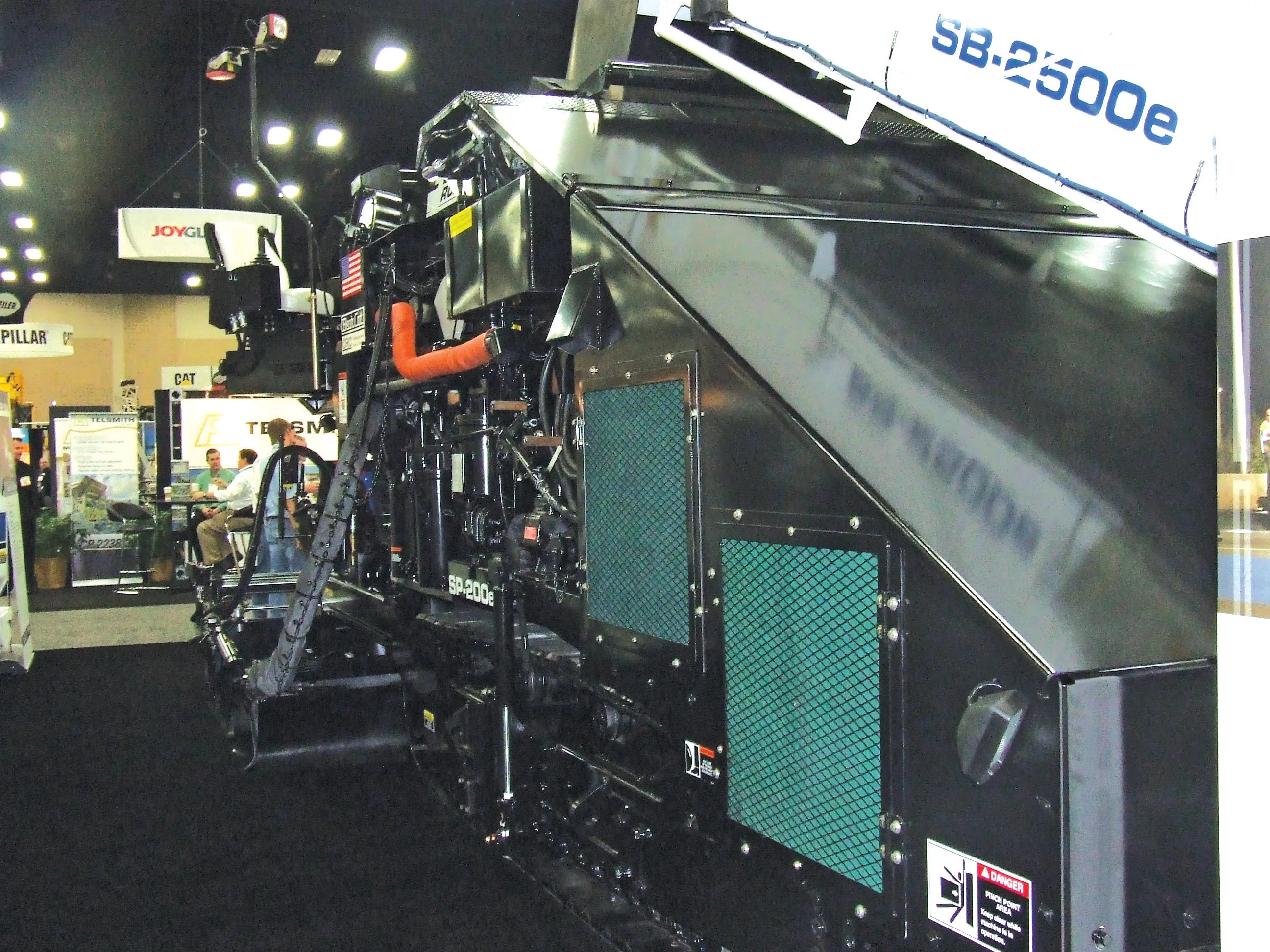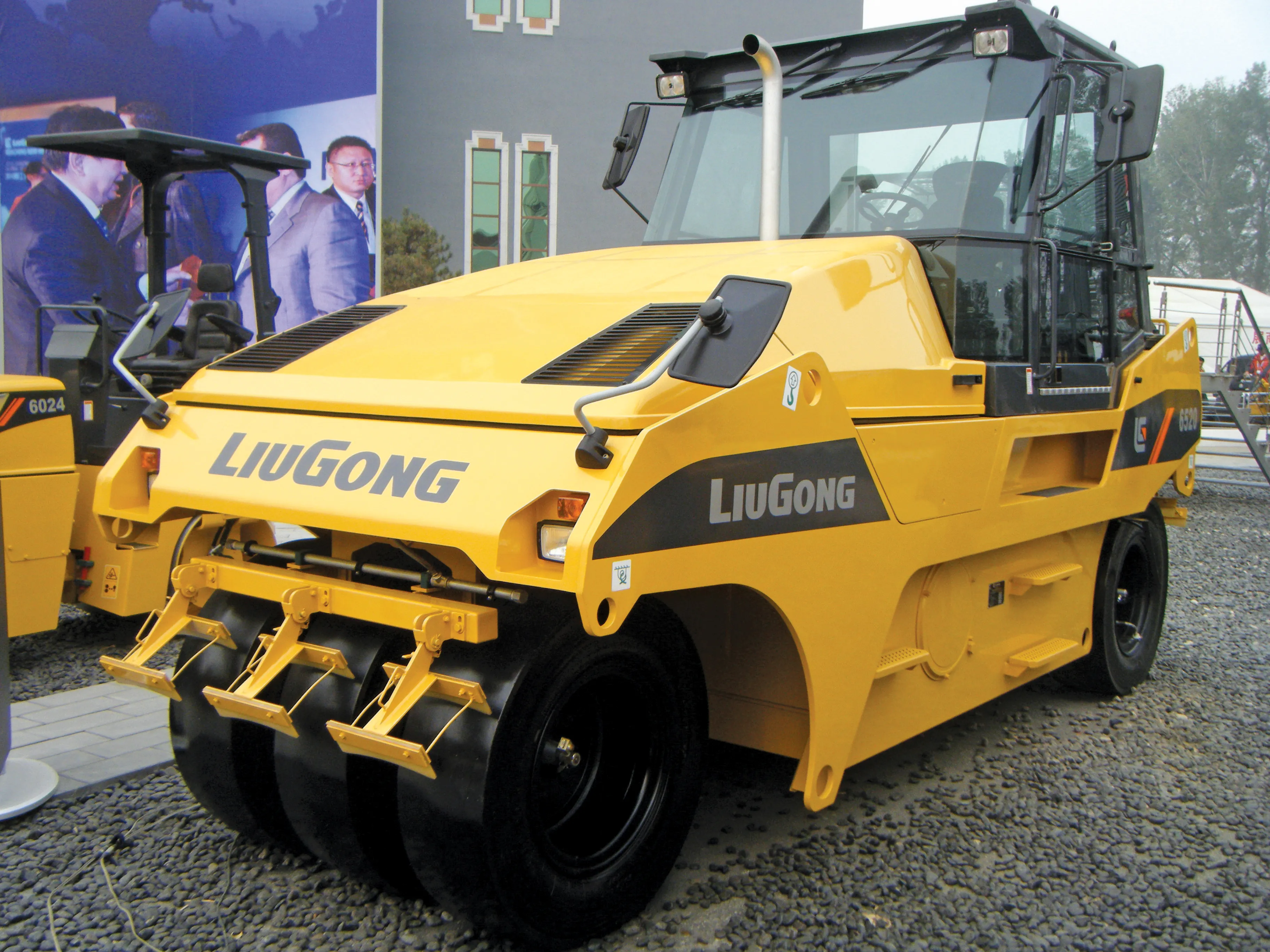One of the most notable developments in the loading and hauling sector though again comes from Liebherr, with the long awaited launch of its ADT range.
February 14, 2012
Read time: 2 mins
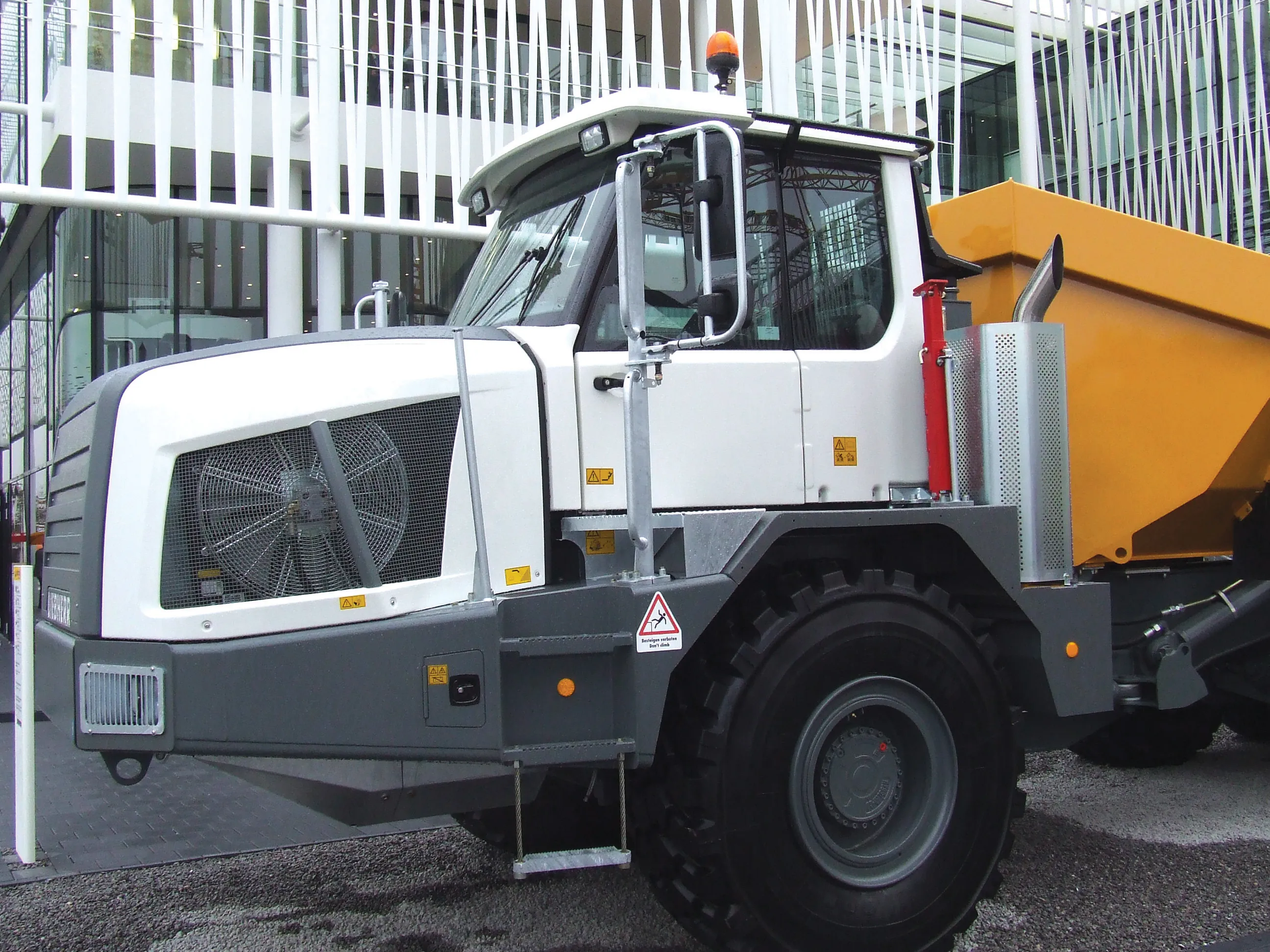
One of the most notable developments in the loading and hauling sector again comes from Liebherr, with the long awaited launch of its ADT range.
For some yearsLiebherr's first machine offers a 30tonne payload and will be followed in the future by 40tonne and 50tonne machines built along similar lines. The TA230 features a conventional layout with driveshafts to the differentials of all three axles and although Liebherr did build prototypes featuring an innovative hydrostatic driveline, this system did not meet expectations. Power comes from a 10.5 litre, Tier 3/Stage IIIA compliant Liebherr diesel that delivers 270kW, was developed in partnership with MAN and is said to offer a suitable architecture for the coming Tier 4 Interim/Stage IIIB emissions legislation. High productivity is claimed as in addition to its high speed the truck has a 19m3 capacity body, which is said to be larger than other machines in its class. Despite its payload, the TA230 features a 3m transport width and similar dimensions to many 25tonne trucks on the market from rival firms.
Oil-cooled, wet plate disc brakes are fitted to the front and centre axles. The automatic transmission and retarder controls are all said to be easy to operate while a diagnostics system displays machine condition and provides alert warnings. Other features include front axle suspension, durable shock absorber units, rugged long stroke Liebherr cylinders for the dumpbody and a discharge time of just 10seconds.


